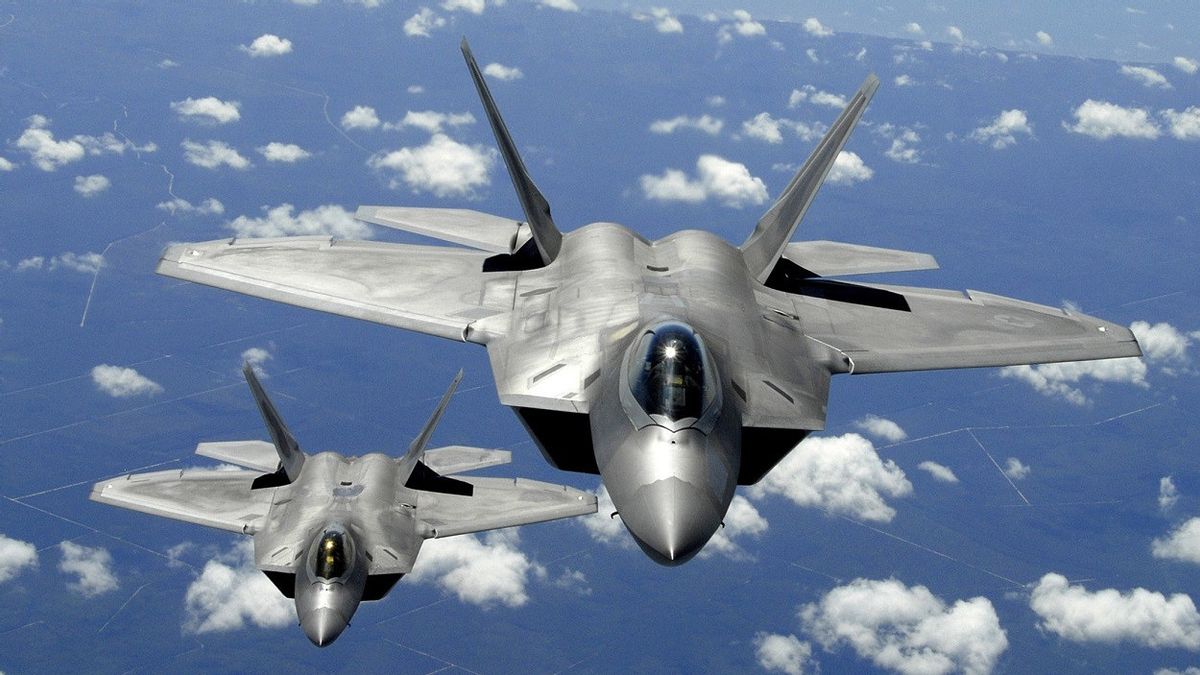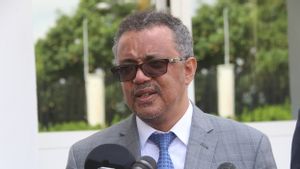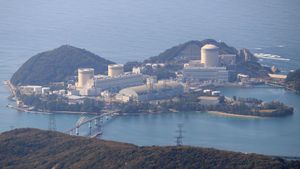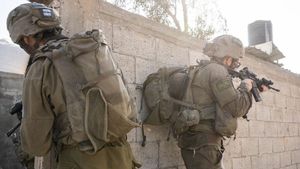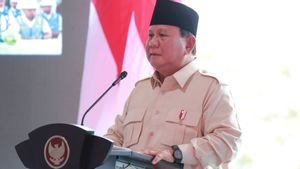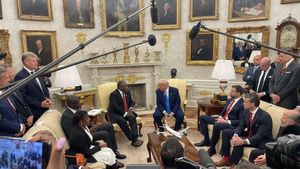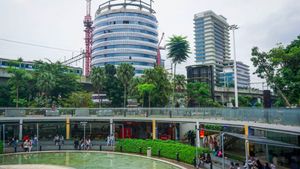JAKARTA - The United States Air Force has sent more than two dozen F-22 Raptor stealth fighters to the Pacific region, which analysts see as a strong message to China.
Pacific Air Forces in Hawaii this week announced that about 25 F-22 Raptors from the Hawaii Air National Guard and Joint Base Elmendorf-Richardson, Alaska, will be deployed this month to the islands of Guam and Tinian for Operation Pacific Iron 2021.
"We've never had this many Raptors deployed together in Pacific Air Force operations", Gen. Ken Wilsbach, Commander of Pacific Air Forces, told CNN quoted Friday, July 16.
The F-22 is a fifth-generation fighter jet, the most advanced fighter in the world, combining stealth technology and linking on-board sensor systems with off-board information systems, to give their pilots a detailed view of the battlespace. The US F-35 Lightning II is another example.
Deploying large numbers of F-22 fighter jets simultaneously for the drills sends a direct message to China at a time of tense relations over Pacific hotspots such as Taiwan and the South China Sea, said Carl Schuster, a Hawaii-based defense analyst and former director of operations at the Center for US Pacific Command Joint Intelligence.

"A normal F-22 deployment consists of six to 12 aircraft. The Pacific Air Force is demonstrating that it can deploy as many or more to the battle theater in a shorter period of time than (China) currently has in its entire inventory", explained Schuster.
China's air force has about 20 to 24 fifth-generation fighters in service, Schuster said, but he noted Beijing's capabilities are increasing rapidly.
Meanwhile, the US Air Force has about 180 F-22s in its fleet, although only about half are capable of carrying out missions at any one time, due to maintenance requirements according to Air Force statistics. So, the US will send about 25 percent of F-22 missions to the 'Pacific Iron' exercise.
Due to its ability to evade radar detection, the F-22 is expected to be one of the first weapons to be used in any conflict, tasked with destroying enemy air defenses among other missions.
"The United States is actively practicing the deployments it will make in the event of a major crisis or war. The United States takes China very seriously and is developing its force posture and training its troops to be able to quickly move into position", said Peter Layton, a former Australian air force officer who now becomes an analyst at the Griffith Asia Institute.

For Operation 'Pacific Iron', 10 F-15 Strike Eagle fighters from Mountain Home Air Force Base in Idaho and two C-130J Hercules transport aircraft from Yokota Air Base in Japan will join the F-22s to fill the air fleet.
The Air Force calls operations, also referred to as combat deployment operations, according to a statement from Air Force Pacific. The exercise is in support of the 2018 National Defense Strategy, which calls for the military to become a more lethal, adaptive, and resilient force, the statement said.
Agile Combat Employment is designed to deploy US warplanes and other war assets among airfields across the region, to increase their survivability against enemy missile attacks.
For example, the majority of US combat airpower in the western Pacific is concentrated in large military installations such as Kadena Air Base in Okinawa or Andersen Air Force Base in Guam. Attacks on those bases could cripple the US military's ability to retaliate if too much US airpower is concentrated there.

In 'Pacific Iron', troops will train from smaller and less developed airfields such as Tinian International Airport on one of the islands in Northern Mariana, Won Pat International Airport in Guam, or Northwest Field, a remote track separate from the Air Force Base's main runway. Andersen. The lessons learned in this exercise can be applied to operating from smaller airports on islands around the western Pacific.
That would increase the number of targets enemy missiles would need to destroy and give US airpower a better chance of being able to fight back.
"Distributing aircraft over more locations increases survivability. Enemies must fire more missiles to achieve the same effect. Demonstrating the US Air Force's Agile Combat capability sends a strong deterrent signal to China and reassures one for (US) allies and partners. China will try to follow it closely", said Schuster.
While Layton said, using the F-22 makes the US Air Force experience some level of difficulty.
"The F-22 is one of the more difficult aircraft for this kind of deployment exercise in terms of mission support and maintenance. If you can do this with the F-22, then doing it with other US tactical fighters is easier", said Layton.
SEE ALSO:
He added that even though it was just an exercise, this operation would have a deterrent effect on China if it was successfully implemented.
"While these are the same exercises, techniques, processes, and procedures will be critical in operations from Japan or elsewhere. For Chinese military planners, it might suggest such an F-22 force package could be deployed anywhere around the outskirts of China", Layton concluded.
The English, Chinese, Japanese, Arabic, and French versions are automatically generated by the AI. So there may still be inaccuracies in translating, please always see Indonesian as our main language. (system supported by DigitalSiber.id)
